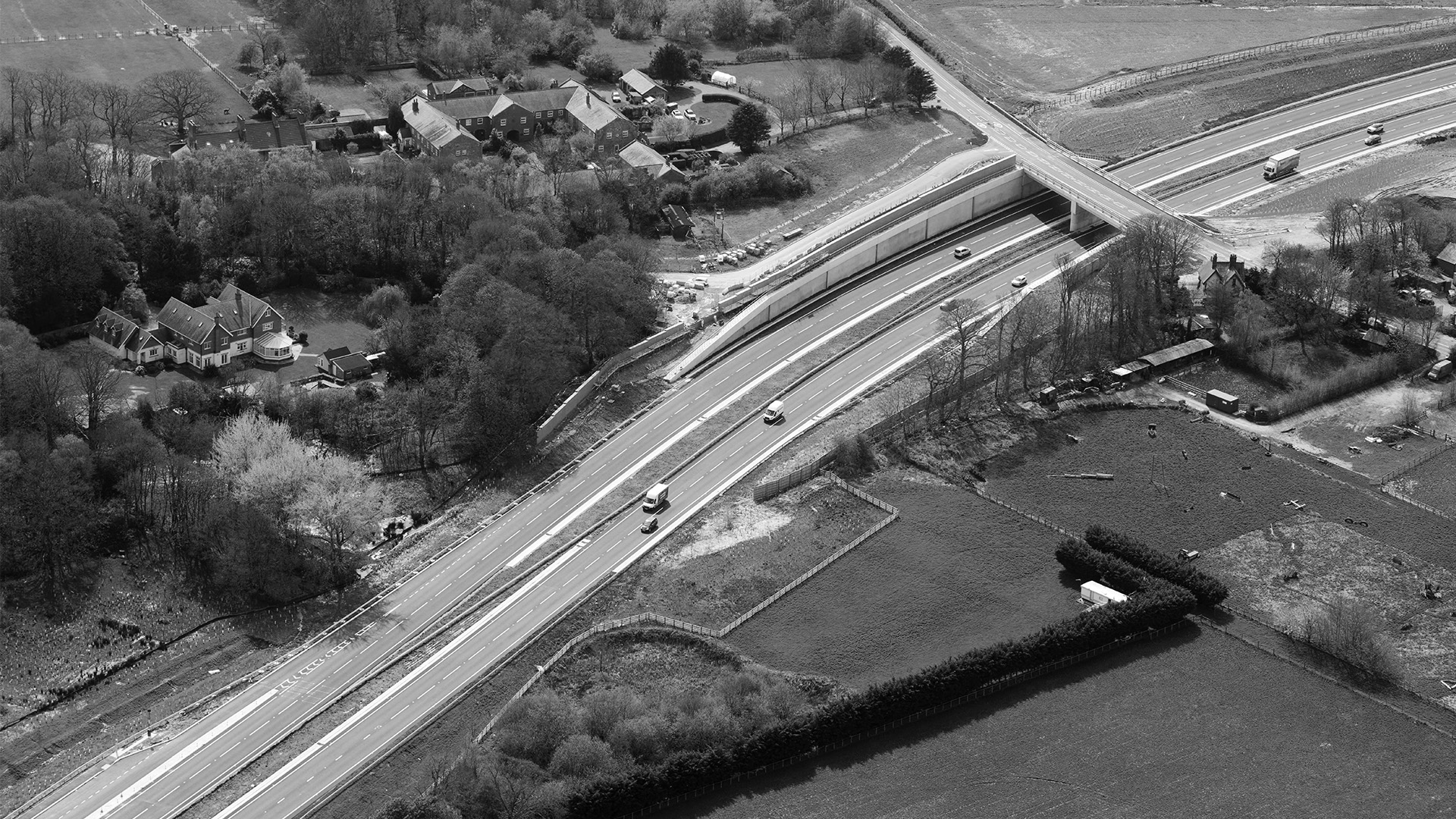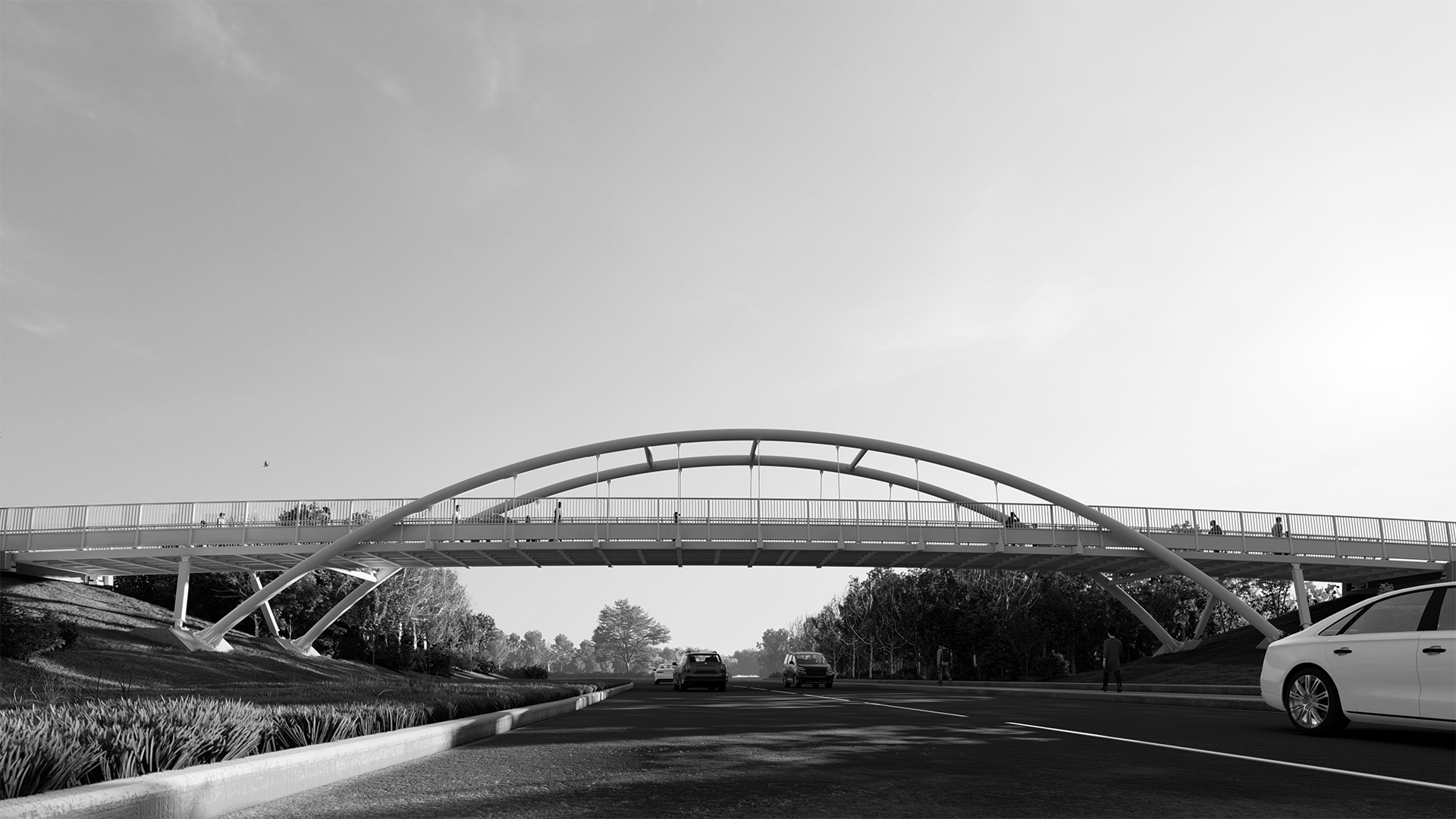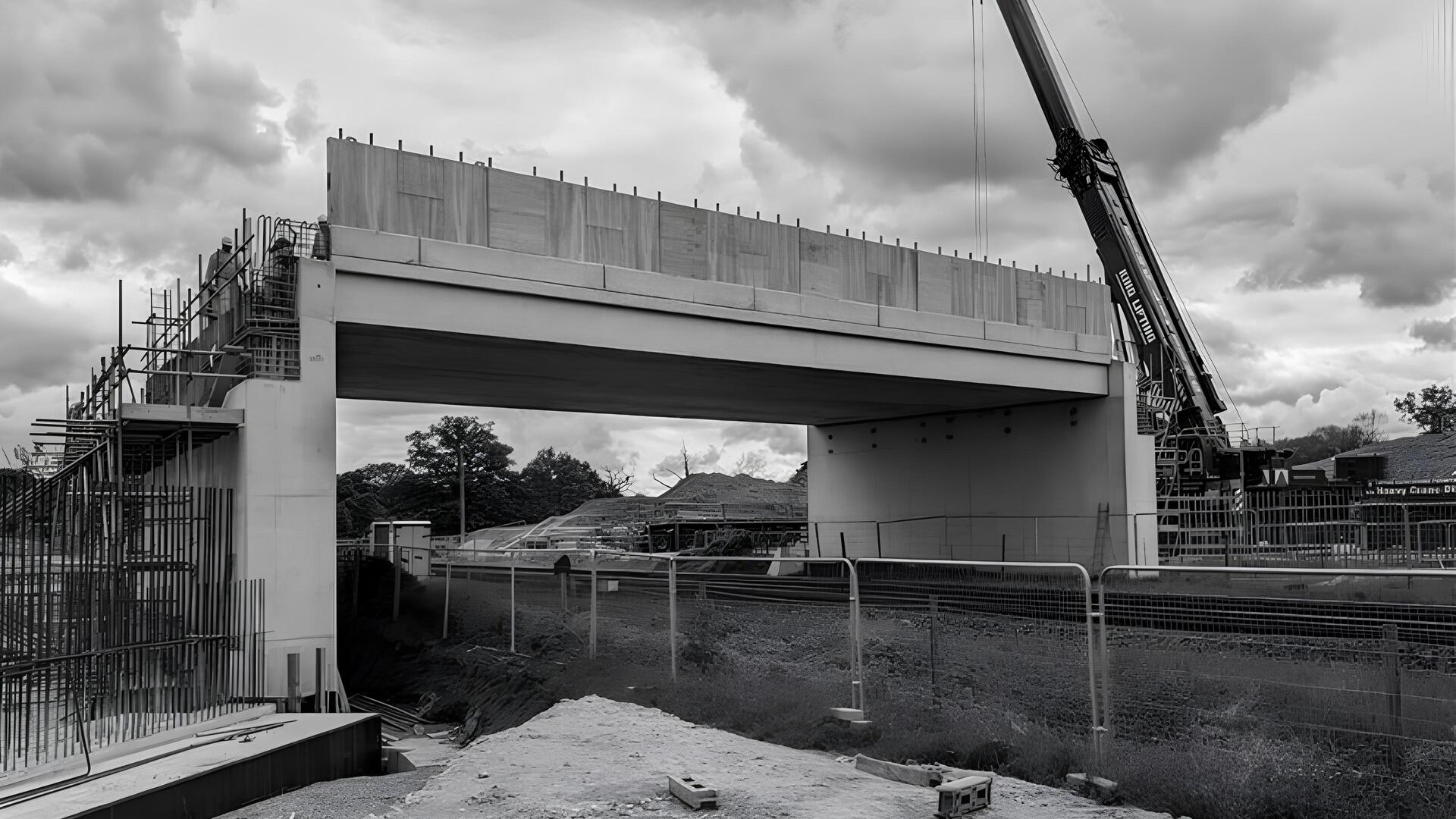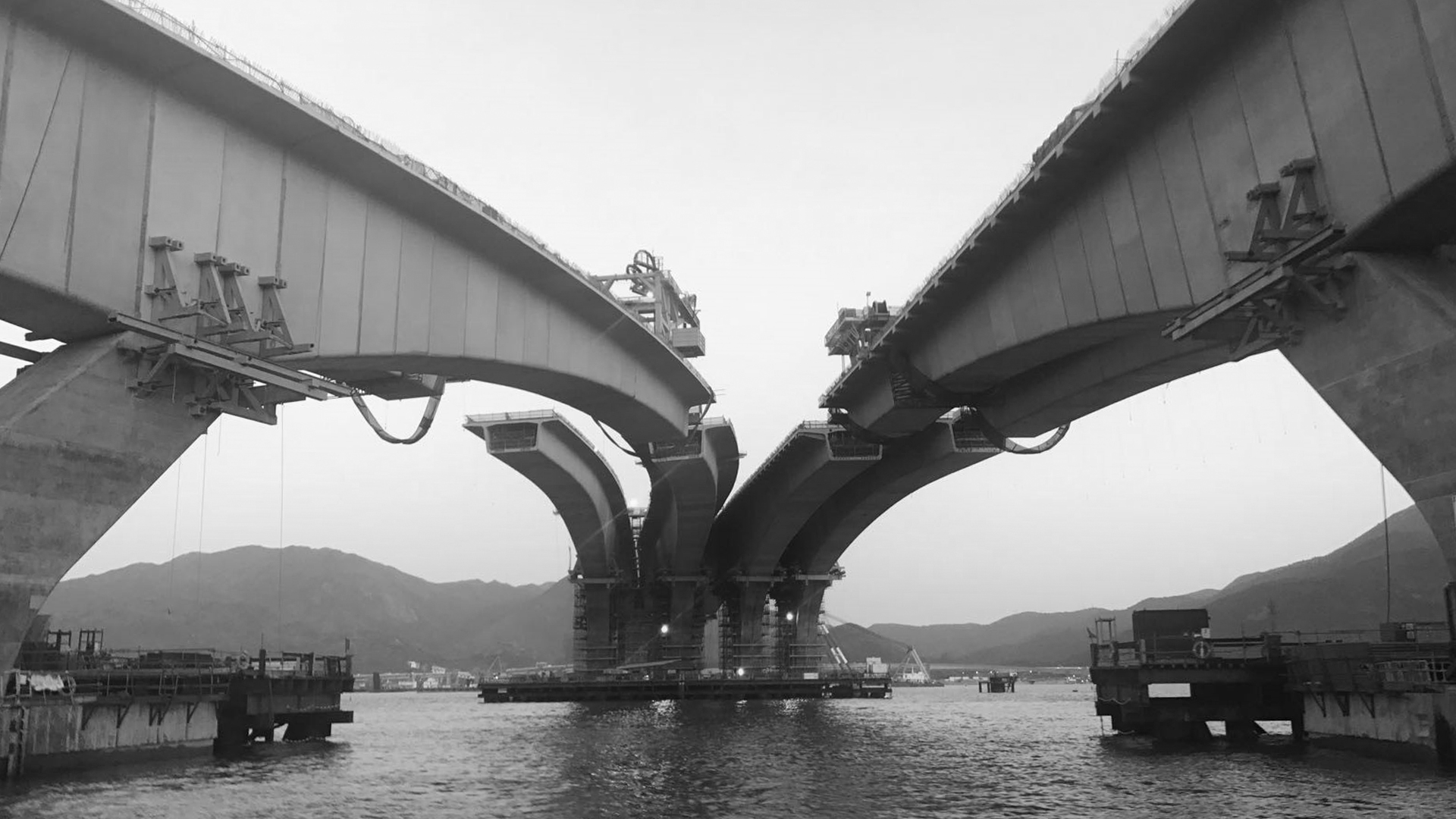St Albans Bridge
Blaenrhondda, UK, Wales
Project synopsis
Specialist structural inspections and detailed ground investigation works were used to justify the reuse of six existing piers and one of the existing abutments.
Contractor
Alun Griffiths (Contractors) Ltd
End client
Rhondda Cynon Taff County Borough Council
Awards
The Roy Edwards Award at the ICE Wales Cymru Awards 2021
Tony Gee was employed by Alun Griffiths (Contractors) Ltd to develop the design of structural improvements and associated highway works, which were required to enable a 7.5T weight limit to be removed from the existing seven span highway bridge that extends across the River Rhondda.

Specialist structural inspections and detailed ground investigation works were used to justify the reuse of six existing piers and one of the existing abutments. The existing life expired bridge deck and failed abutment were replaced with a lightweight steel-concrete composite deck and a new piled, reinforced concrete abutment.
The existing bridge deck and failed abutment were replaced with a lightweight steel-concrete composite deck and a new piled, reinforced concrete abutment. The weight of the new bridge deck was minimised by developing the design of a structurally efficient deck, specifying lightweight concrete verge infill and combined kerb drainage units, and by using the principles defined in the Manual for Streets to allow the carriageway width to be reduced from 7.3m to 6.5m.
New structural elements, such as cill beams and weathering steel girders, were designed to be manufactured off site as modular elements that could be easily erected on site, in order to maximise quality and to minimise the size of lifting equipment and storage areas that would be required within the highly constrained site.
The reuse of the existing sub-structure reduced works on site and provided associated cost, carbon reduction and programme benefits. This approach also minimised impact to local residents and it reduced the requirement for construction works to be undertaken within the functional floodplain or in the vicinity of protected species.
Recommended Reading




